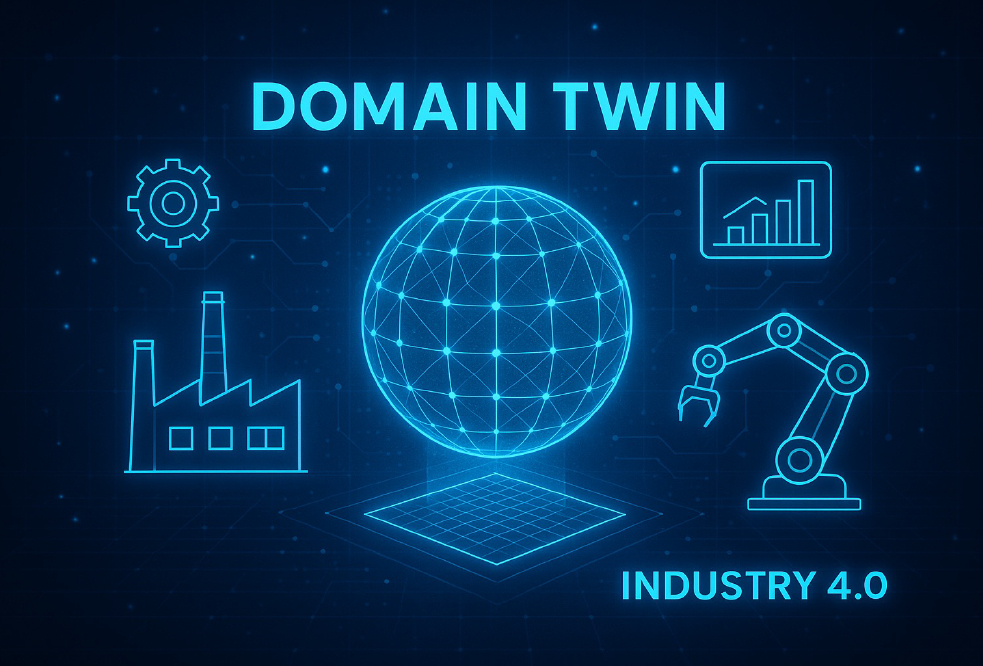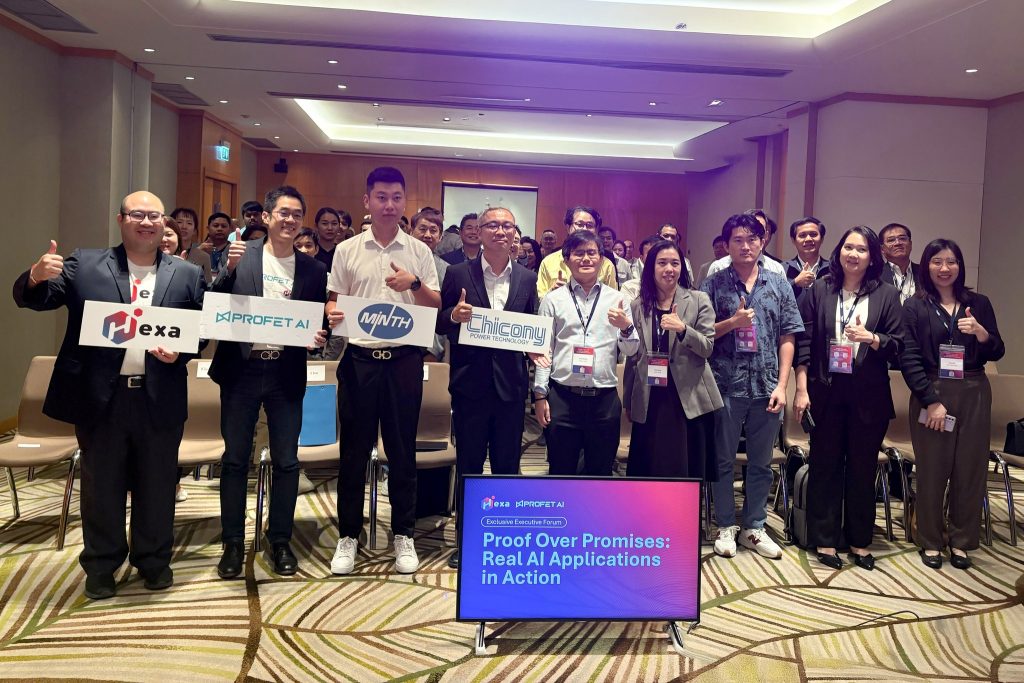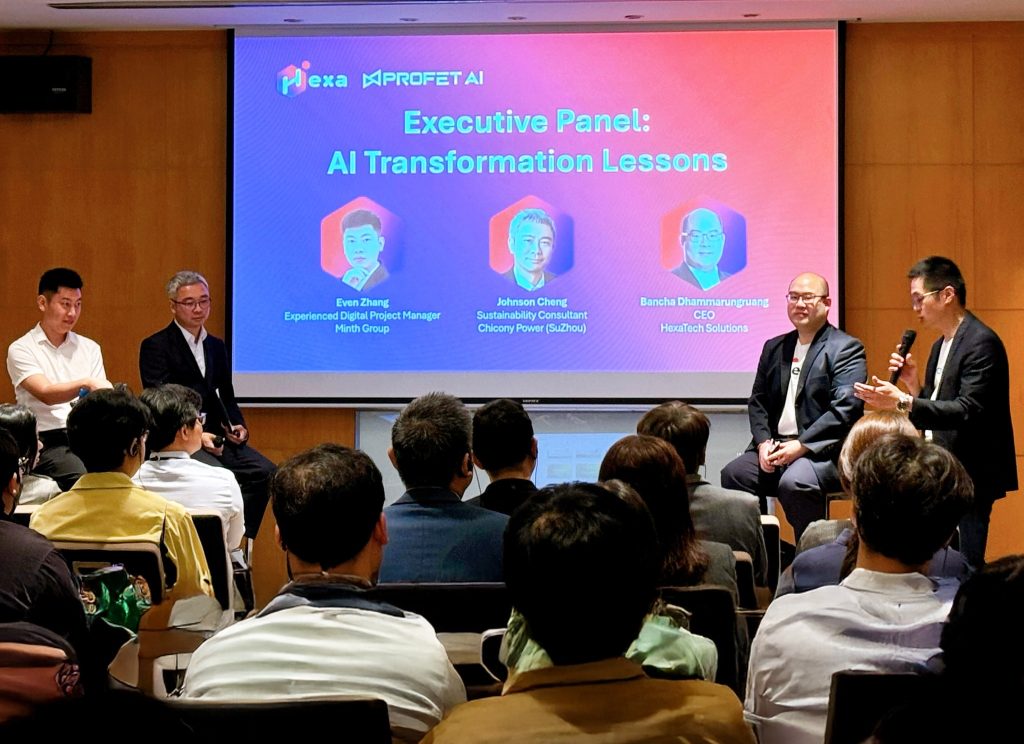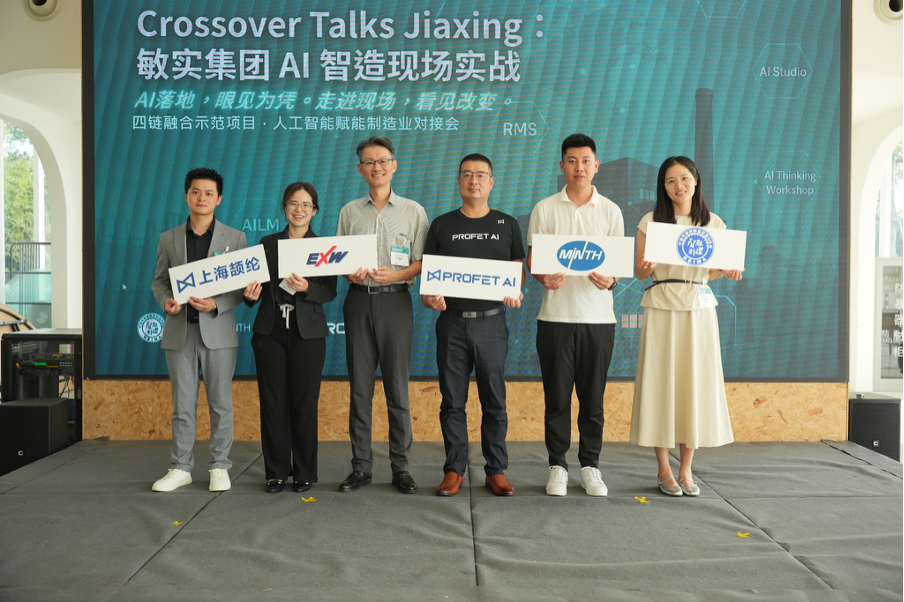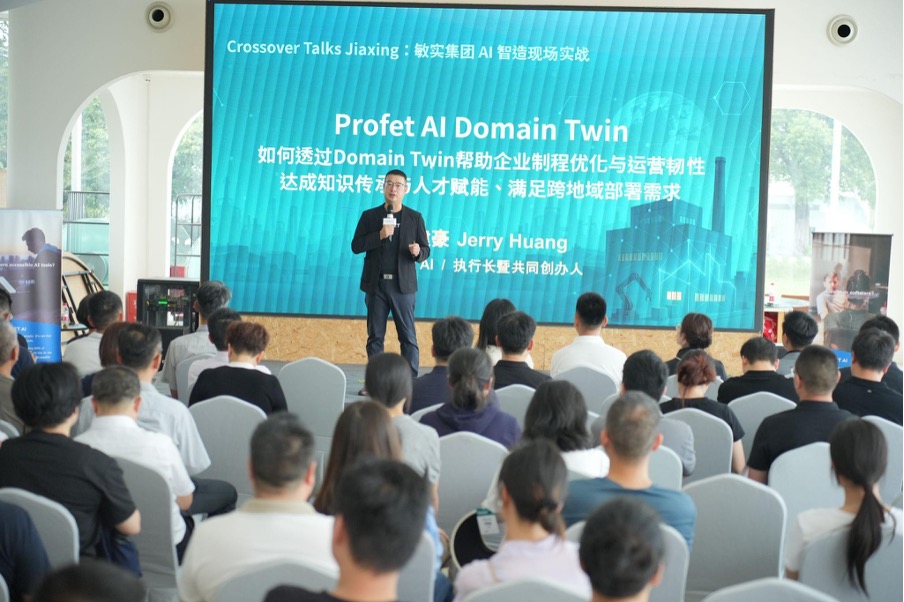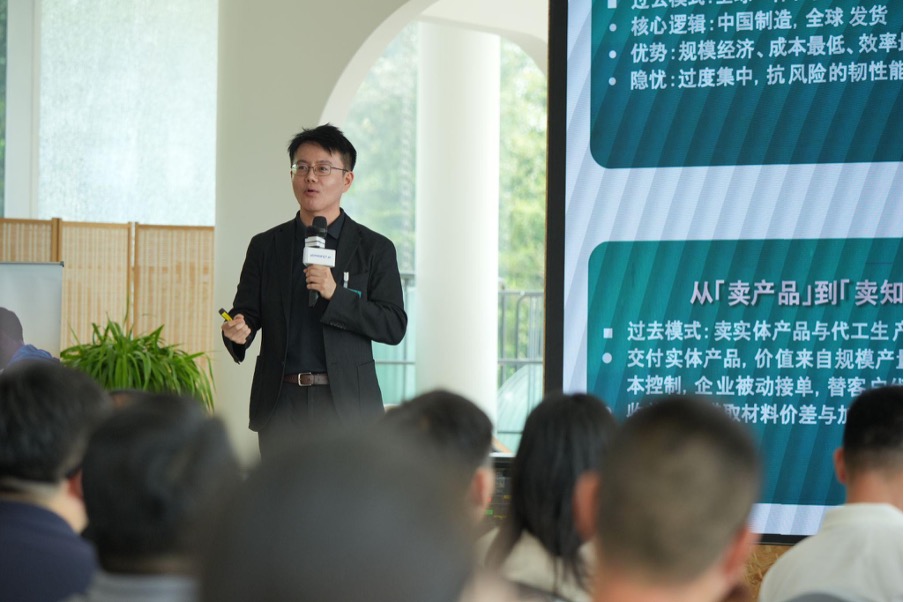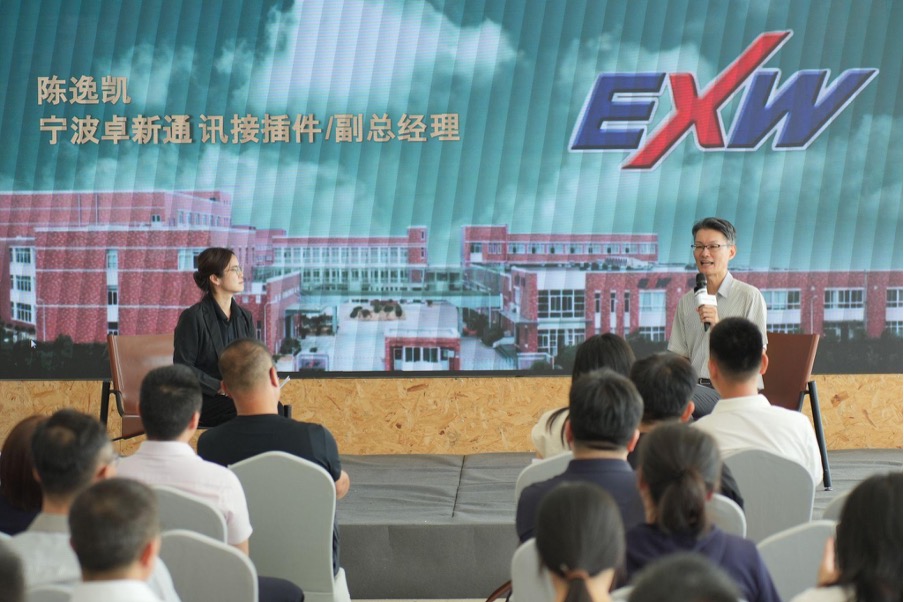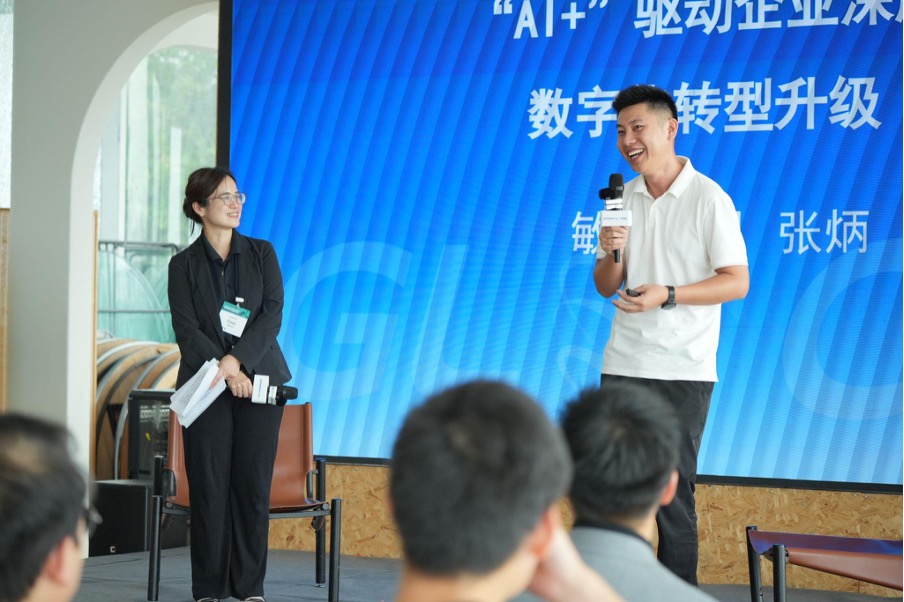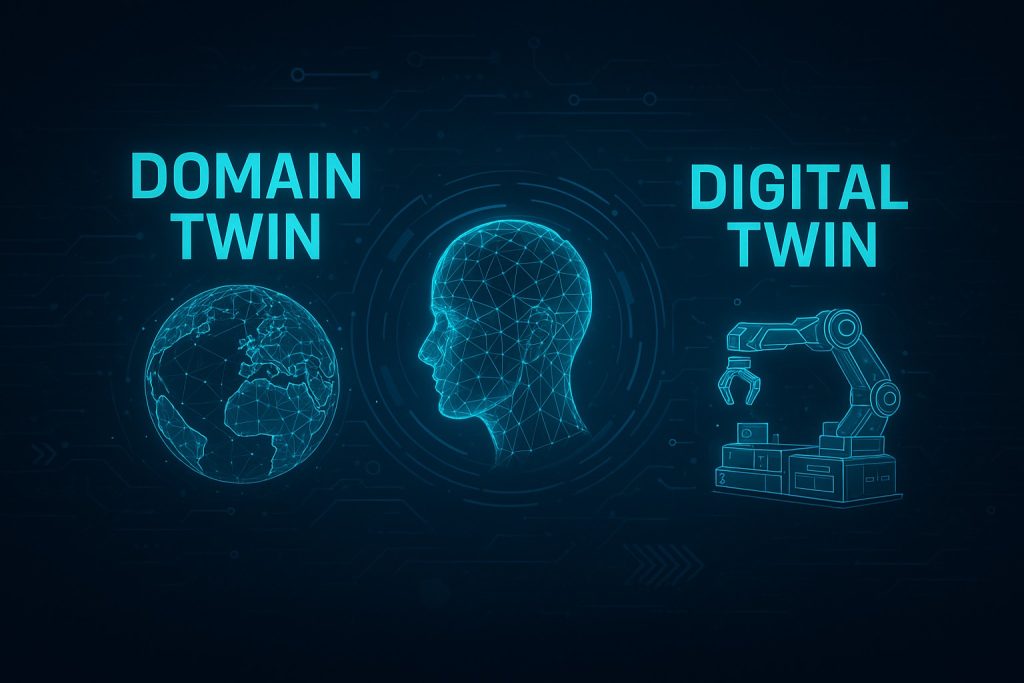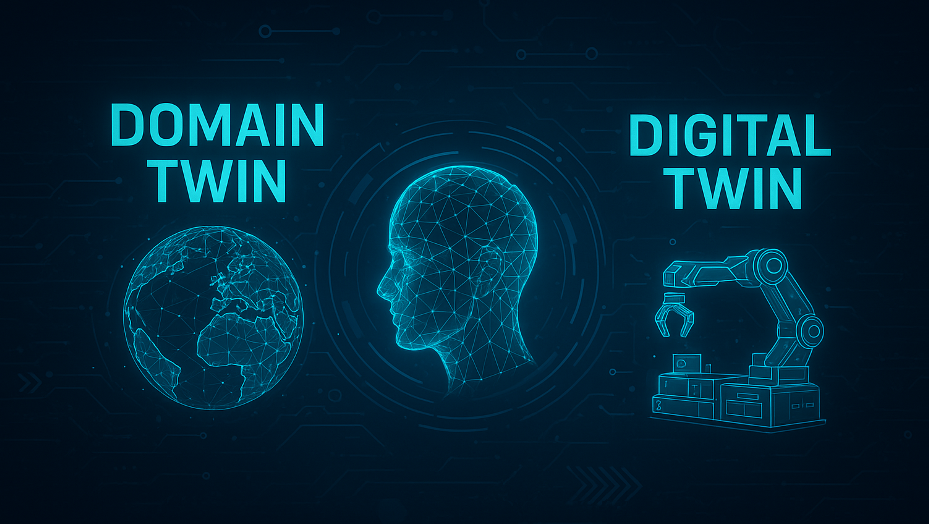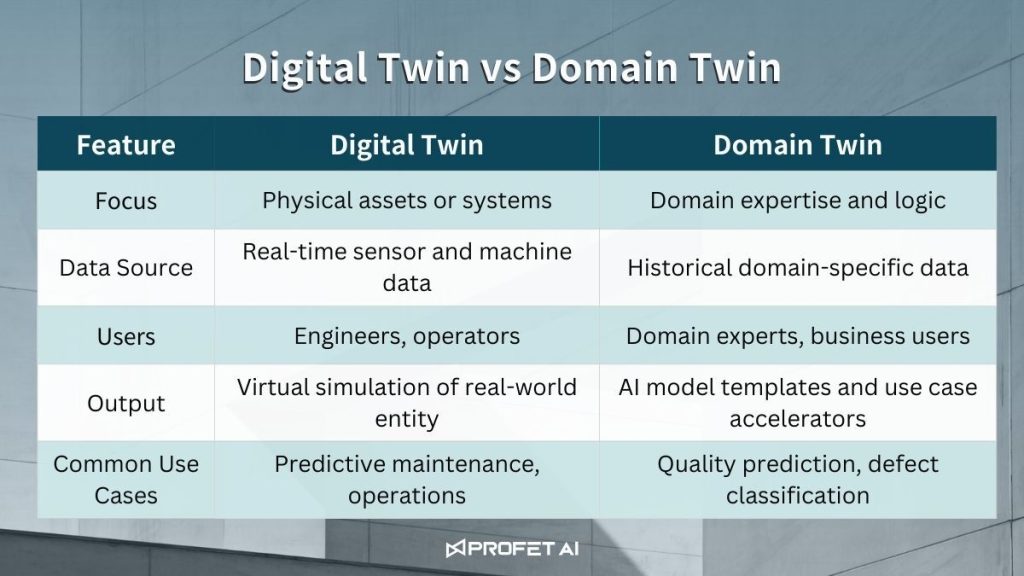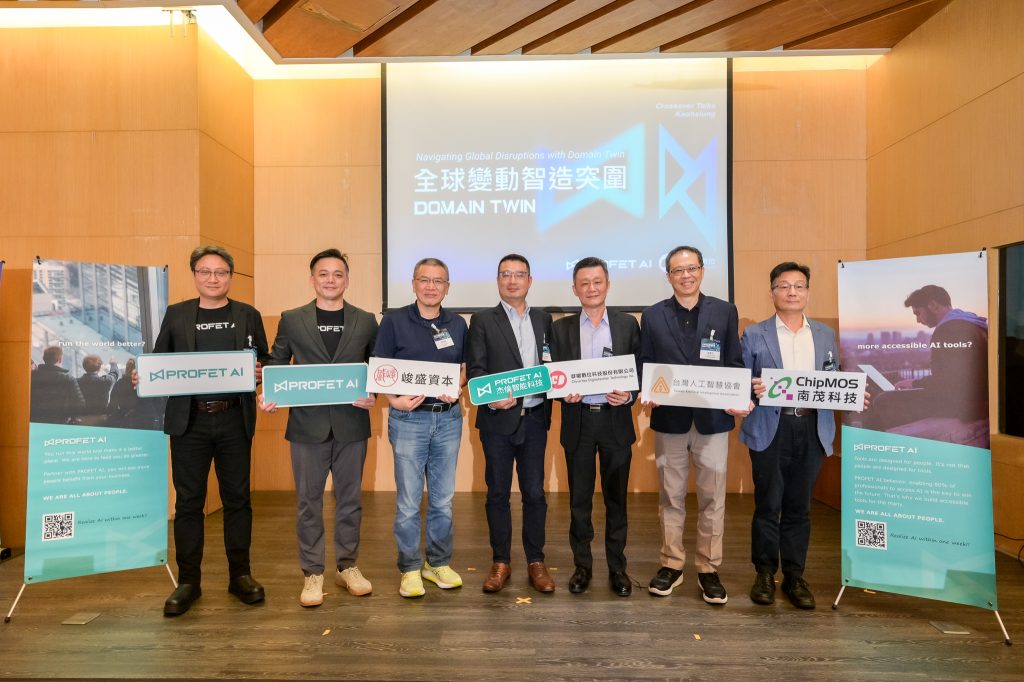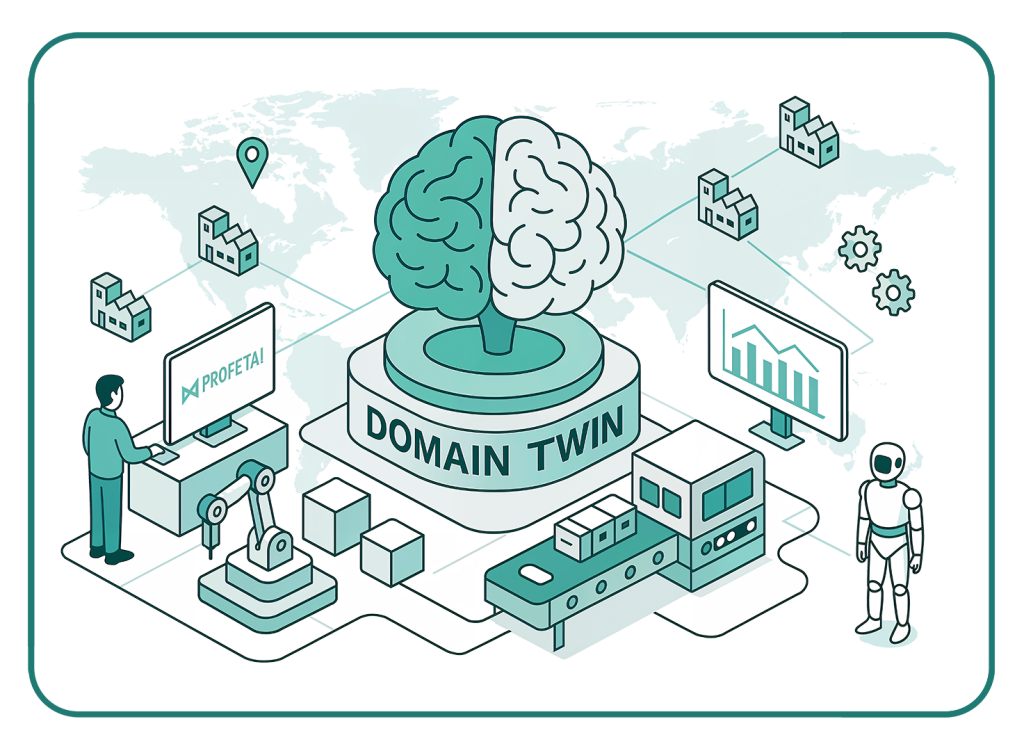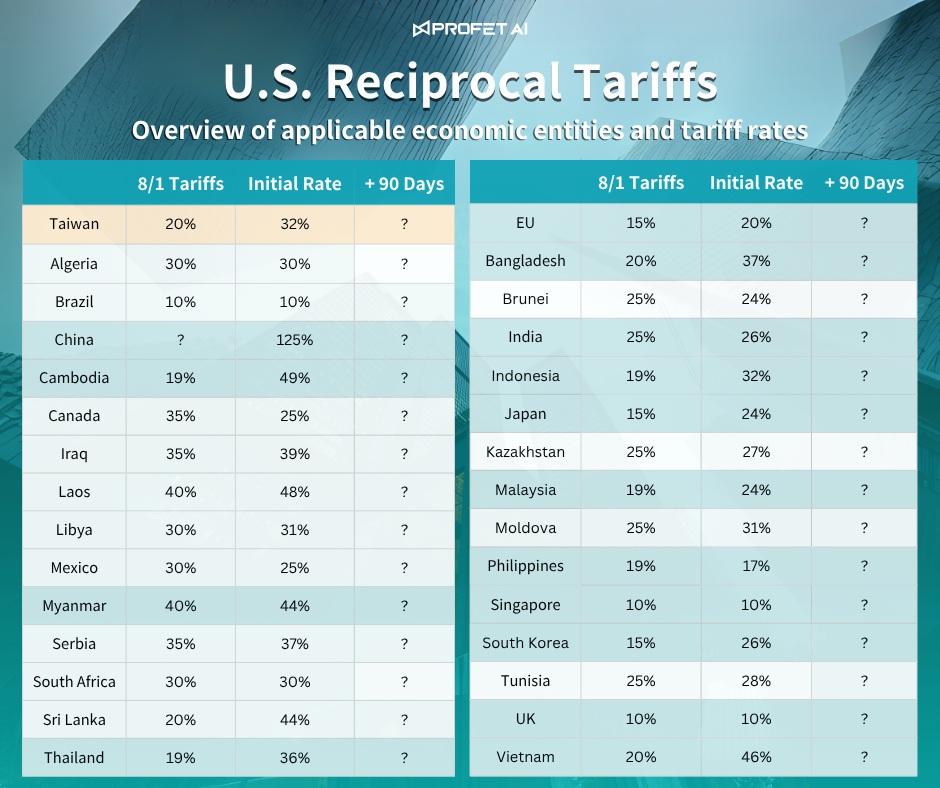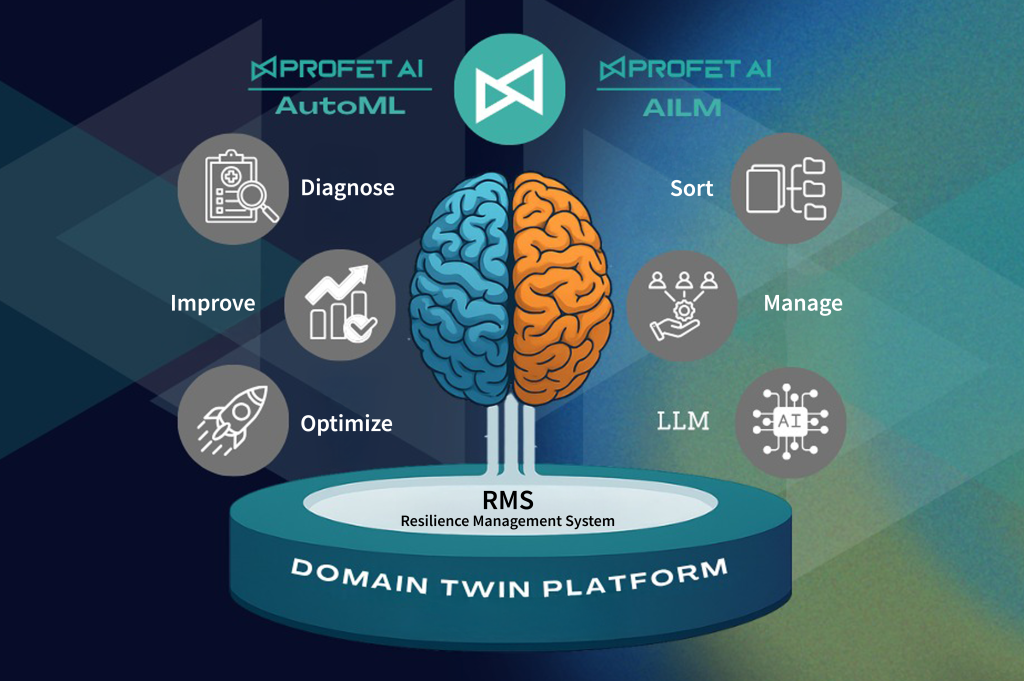Redefining Semiconductor Sustainability: Profet AI and Yesiang Unveil First-Ever CaaS with Domain Twin™
Redefining Semiconductor Sustainability: Profet AI and Yesiang Unveil First-Ever CaaS with Domain Twin™
AI Data Governance Meets Regenerative Manufacturing: Preventing Millions in Yield Loss and Cutting 40% in Operating Costs
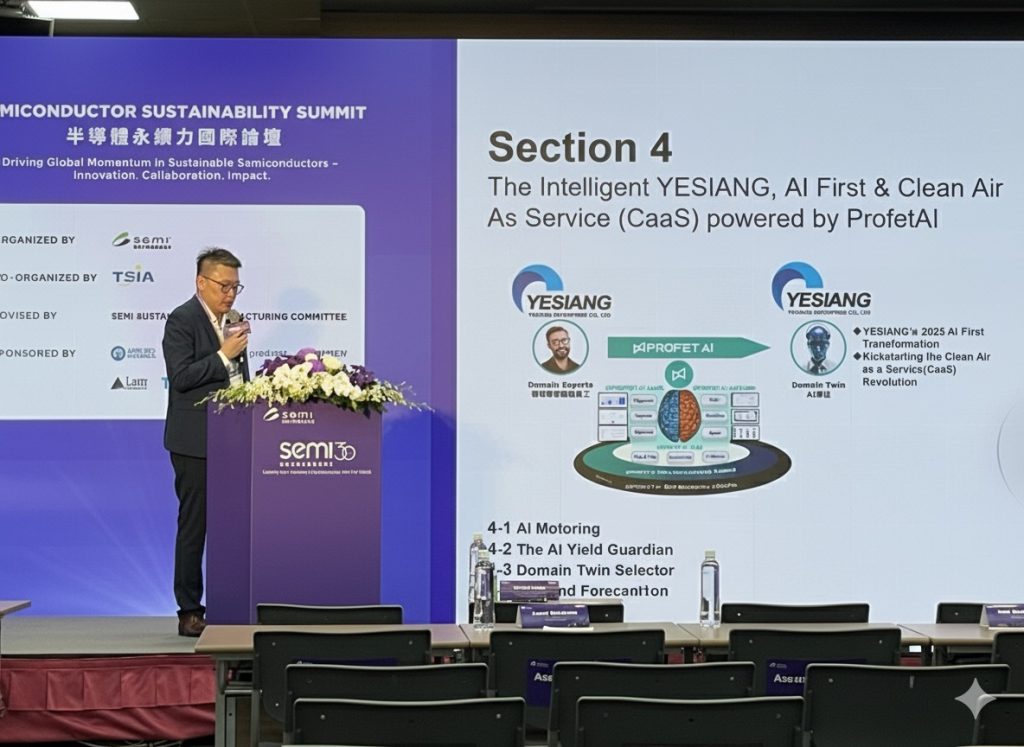
The global semiconductor industry is at a critical turning point. From national security strategies and ESG goals to the rapid adoption of AI, the industry faces unprecedented challenges and opportunities. Balancing capacity, resilience, and sustainability has become the decisive factor for global leaders.
At the 30th anniversary of SEMICON Taiwan, Yesiang—a leader in chemical filtration—announced its dual strategy of “Regenerative Manufacturing + AI Data Governance.” Together with AI startup Profet AI, Yesiang introduced the world’s first Clean Air as a Service (CaaS) subscription model, a revolutionary approach to advanced manufacturing yield assurance and sustainable supply chains.
AI-Empowered Knowledge Transfer Drives the CaaS Innovation Model
Yesiang Chairman James Chuang noted:
“Yesiang holds more than 80% market share in filter manufacturing and has accumulated deep technical expertise. But we have long been asking ourselves: how can we transform from being a ‘consumables supplier’ into a ‘smart service partner’? Our collaboration with Profet AI is a critical step in realizing that vision.”
At the core of the newly launched CaaS subscription service is Profet AI’s Domain Twin™ platform, which systematizes and digitizes cross-departmental tacit know-how into a repeatable, intelligent knowledge-transfer framework. This enables overseas fabs to replicate production capacity quickly—even without senior engineers onsite—while improving overall equipment effectiveness (OEE).
The solution fully digitizes traditional filter management, covering lifecycle prediction, contamination risk monitoring, demand forecasting, and automated scheduling—all AI-driven. With 30-day demand forecasts and automated production planning, customers can operate with zero inventory, cutting total filter usage and ownership costs by 40%. At the same time, the system automatically generates key ESG metrics, enhancing transparency and compliance in sustainability reporting.
AI in Action: Preventing Millions in Losses and Creating Operational Value
The benefits of the CaaS model have already been proven in real-world fabs. In one application, the AI model predicted AMC (Airborne Molecular Contaminant) risks three days in advance and automatically issued replacement recommendations, safeguarding 99.9% yield integrity.
In a real case, this proactive approach prevented a potential multi-million-dollar yield loss. The system also recommends optimal filter specifications and replacement cycles based on process conditions, cutting testing and planning time by 80% and significantly reducing mismatch risks.
Profet AI CEO Jerry Huang said:
“In the era of AI and sustainability, the industry is not just chasing efficiency—it is pursuing the seamless integration of yield, resilience, and ESG. Our Domain Twin™ platform was built to deeply combine domain know-how with AI technology. This collaboration with Yesiang is a benchmark case showing how AI can deliver tangible business value for sustainable supply chains.”
Looking Ahead: Building “Never-Retiring” Knowledge Assets to Accelerate Transformation
Yesiang emphasized that the true key to AI adoption lies in company culture and team mindset. Through its partnership with Profet AI, the company is transitioning from a passive supplier to an active consultant that creates value for customers.
Looking ahead, both companies will continue to advance their dual-axis strategy of “AI Data Governance” and “Regenerative Manufacturing,” while expanding the CaaS model to major semiconductor hubs in the United States, Japan, and Europe.
Profet AI will also further develop Domain Twin™ applications, helping manufacturers digitize and systematize the tacit know-how of senior engineers—turning it into “never-retiring knowledge assets.” In doing so, the company aims to accelerate global manufacturing toward a new era of data-driven, zero-carbon intelligent production.

